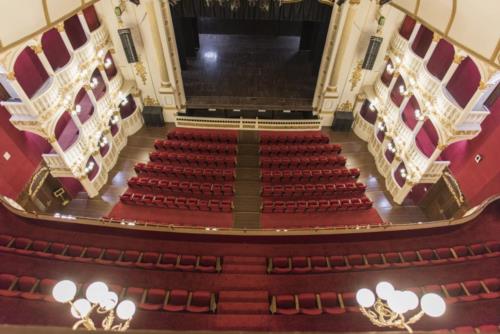
14 Stages Of Culture
29-Aug-2019 | Source: hindustantimes.com
The Royal Opera House is widely touted as the city’s cultural crown jewel and India’s only surviving Opera House. The original idea for space was conceived in 1908 by Maurice Bandmann, a famous entertainer from Calcutta, and Jehangir Framji Karaka, who headed a coal brokers’ firm. This Baroque edifice was inaugurated in 1911 by King George V and in 1925, British Pathe rented it for screening their films. In 1935, Ideal Pictures Ltd acquired the theatre and by 1980, a number of theatres were closed by the 1990s.
The venue, which now one of the last remaining baroque structures in the city, reopened after 26 years in October 2016 and re-established itself as a performance space of international quality, a cultural venue par excellence and a prime example of restored and renewed city heritage. Rupali Ranga, customer relationship manager, says, “To this end, we are committed to hosting quality performances and events through meaningful collaborations spanning the breadth of culture and the performing arts. In the almost three years since reopening, we typically have the theatre booked for five to six nights a week and our programming calendar is already packed till March 2020. We aim to give Mumbaikars a space for dialogue, debate, discourse and even dance, slowly carving our own niche and becoming a creative hub in the city’s cultural fabric.”
The Royal Opera House has also been recognised with an Award of Merit in the 2017 UNESCO Asia Pacific Awards for Cultural Heritage Conservation.